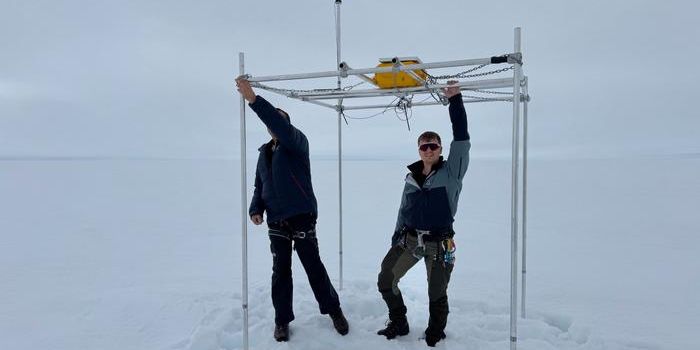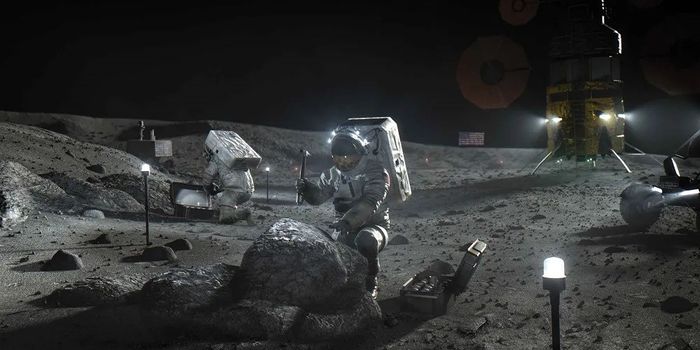No, Gravity Doesn't Affect How Bubbles Collapse
The ubiquitous presence of bubbles makes them a common phenomenon, but interestingly our understanding of this globular existence is still quite limited.
A team of scientists from Boston University, Princeton University, and MIT challenged a well-accepted hypothesis - Gravity is the driving force in bubbles collapsing and made a surprising discovery.
They generated bubbles that point upside down and then captured the moments of their destructions using a slow motion-imaging technique. Instead of imploding toward the ground, the flipped bubbles collapsed inward toward its attaching surface, the same way as their upright counterparts.
By closely watching the moments of bursting and experimenting with different bubble-forming parameters, they found out that surface tension is the main driving force behind the disappearing bubbles. Also, they determined that the collapsing speed is approximately equivalent to the capillary force divided by the viscous force on the bubble surface.
The researchers hoped that the new knowledge they acquired could help improve our manipulation of bubbles, either increasing or decreasing their presence for different scenarios.
This discovery is published in the journal Science as a cover page article.
Source: C&EN via Youtube








